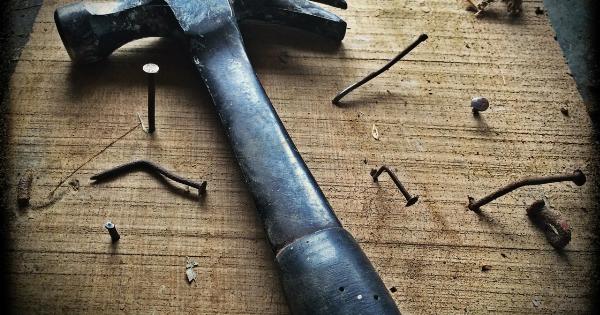Calcium is an essential mineral that plays a crucial role in maintaining the health of various organs and systems in our body. It is particularly important for the health and strength of our bones and teeth.
However, calcium deficiency, also known as hypocalcemia, can lead to various health problems. While the symptoms of low calcium levels are often nonspecific and can affect different parts of the body, one interesting diagnostic marker that can indicate low calcium levels is the condition of the nails.
The Role of Calcium in the Body
Calcium is not only important for the growth and development of bones and teeth but also plays a vital role in muscle function, nerve transmission, blood clotting, and hormone secretion.
It is involved in numerous enzymatic reactions and cellular processes that are essential for overall bodily function and wellbeing.
Causes and Symptoms of Low Calcium
Low calcium levels can result from various causes, including nutritional deficiencies, certain medical conditions, medications, and hormonal imbalances.
Common symptoms of low calcium include muscle cramps, numbness and tingling in the extremities, fatigue, brittle nails, frequent fractures, and weak teeth. However, symptoms can vary greatly from person to person, making diagnosis challenging.
The Link between Calcium and Nails
While nails are often seen as a purely cosmetic feature, they can provide valuable insights into our overall health.
Specifically, the condition and appearance of the nails can indicate nutritional deficiencies and mineral imbalances, such as low calcium levels.
Brittle Nails
One of the common signs of low calcium is brittle nails. When calcium levels are not adequate, it can affect the structure and strength of the nails, leading to increased brittleness and susceptibility to breakage.
Brittle nails can also be a result of other factors such as frequent exposure to water, excessive use of nail polish, and certain medical conditions. However, when accompanied by other symptoms of low calcium, brittle nails can serve as a diagnostic marker.
Ridging and Pitting
Low calcium levels can also manifest as ridges and pits on the nails. Ridges are vertical or horizontal lines or indentations on the nail surface. Pitting, on the other hand, refers to small depressions or dents on the nail.
These irregularities in the nail surface can suggest a calcium deficiency, especially when coupled with other symptoms.
White Spots
Another nail-related indicator of low calcium is the presence of white spots on the nails, which are medically known as leukonychia.
Although other factors such as trauma or fungal infections can cause white spots, if low calcium levels are suspected, the presence of these spots becomes more significant in terms of diagnosis.
Digital Clubbing
In some cases, chronic low calcium levels can lead to a condition known as digital clubbing. Digital clubbing is characterized by the enlargement and rounding of the fingertips, making them appear bulbous.
This condition is often associated with underlying health problems, such as lung or heart diseases. However, it can also be a result of long-standing calcium deficiencies.
Other Signs and Symptoms
In addition to the specific nail-related markers mentioned above, low calcium levels may also lead to other symptoms that can help in diagnosis.
These include muscle cramps, numbness and tingling in the extremities, fatigue, frequent fractures, and weak teeth. When observed along with nail abnormalities, healthcare professionals can consider low calcium as a potential cause.
Conclusion
While low calcium levels can have various manifestations throughout the body, paying attention to the condition of the nails can serve as a helpful diagnostic marker.
Brittle nails, ridging and pitting, white spots, and digital clubbing can all indicate an underlying calcium deficiency. Therefore, it is important to seek medical attention if you notice any of these nail abnormalities, especially when accompanied by other symptoms of low calcium.
Early diagnosis and appropriate treatment can help restore calcium levels and prevent further complications associated with calcium deficiencies.






























